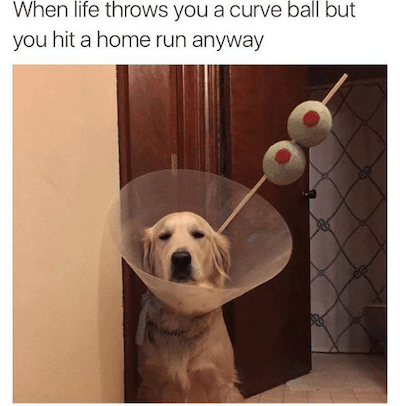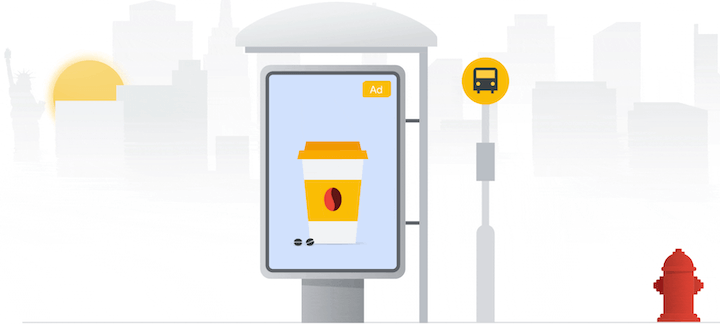“Brands discover that when they educate users about their ethos and products before leaning into heavy sales messaging, they have better success from top to bottom: with overall awareness and business metrics.”
Now that we’ve seen the value in Facebook’s Performance Brand approach first hand, we spoke to our leading experts to gather pro-tips on how to best utilize the performance brand method in 2021.
What is Facebook Performance Branding?
As advertisers navigate performance media in a privacy-focused world, there is a greater emphasis on fueling the funnel to shore up conversion-focused campaigns.
As seen in the image below, Cell 1 includes Branding Media. With this additional layer, you would be attempting to target a broader audience set that may be interested in your brand, with a reach-based approach to bidding. The messaging should be very clear here, with plenty of branding early and often with dynamic assets.
How The Facebook Performance Branding Test Works
Cell 1 then encompasses a layer of Direct Response Media that houses your traditional approach to lower-funnel marketing: more niche targeting, action-based assets and messaging, and optimizing towards that conversion action.
Facebook Performance Branding: The Methodology
– Avi Ben-Zvi, Group Director, Paid Social at Tinuiti
Within the Facebook ecosystem, brands have adopted a more methodological approach to buying from brand discovery to purchase and the platform has rolled out sophisticated measurement tools to measure the impact of these campaigns on overall business performance.
Performance branding is a new testing methodology created by Facebook to measure the impact of upper funnel media on performance-focused campaigns. Beginning in 2019, Tinuiti has championed this framework across a handful of clients that have allowed our brands to see a greater return on lower-funnel investments when run in tandem with branding tactics.
In this example, Tinuiti and Facebook compared the measured lift (in sales) from Cell 1 versus Cell 2 from (10/6/2020 to 11/3/2020).
Performance marketing typically lives in a silo from branding initiatives, and the Performance Branding approach is Facebook’s attempt to break down those walls. They believe that advertisers who adopt the strategy of performance branding — driving performance outcomes while simultaneously building strong, consistent, and memorable brands —can drive significant value and bridge the gap between Brand and Direct Response.
- +26% higher ‘brand lift’ when Brand and Direct Response media are run in tandem
- $230K average increase in sales when compared to business as usual
- 1.3x average increase in ROAS when compared to business as usual
Here’s a closer look at how Tinuiti and Facebook partnered to test Performance Branding efforts:
By comparison, Cell 2 only includes Direct Response Media without that introductory layer of branding.
Tips for Increasing Sales Lift Through Performance Brand
The results indicate a:
- Differentiate Your Messaging: Differentiate your upper-funnel messaging from your Direct Response tactics. The key is to ensure that you’re truly showcasing the brand to potential buyers before you’re asking to take an action. Show that in your assets: what is your brand, why is it different, why is it better? And always keep branding top of mind and upfront in videos.
- Who Should You Not Target? Broaden your scope to think about all potential users who may be interested in what your brand is offering. Instead of thinking “who should I target,” try to define “who should I not target with my awareness messaging?”
- Shift Your Mindset: It’s hard for performance marketers to change their mindset to think about KPIs outside of the lower funnel ones they’re used to. Until the measurement results come in for performance branding focus on planning around reach and frequency to achieve the utmost success.

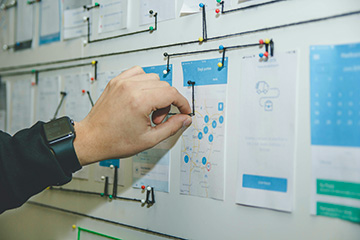
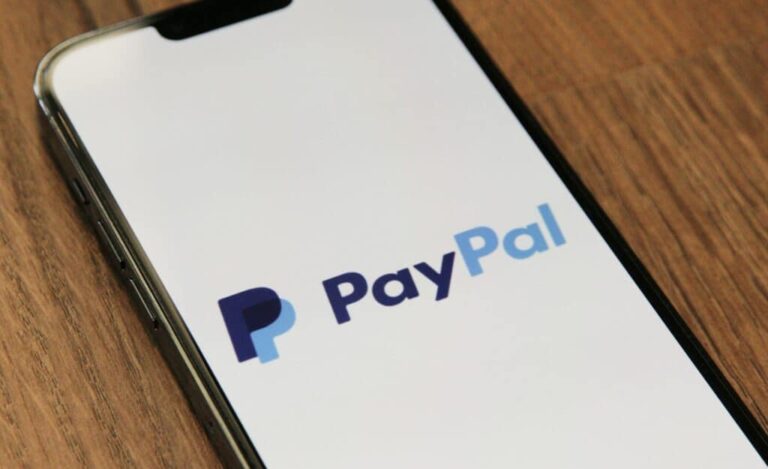
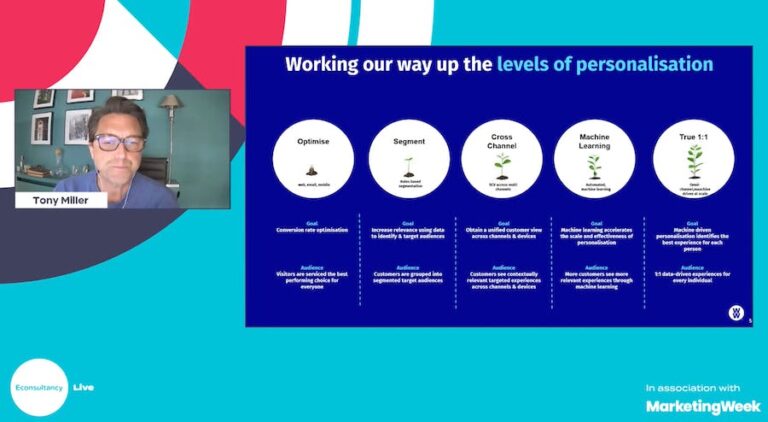
![5 Advantages of Working With an Influencer Marketing Agency [instead of going in-house]](https://research-institute.org/wp-content/uploads/2021/04/what-to-know-before-you-sell-your-small-business-768x432.png)
